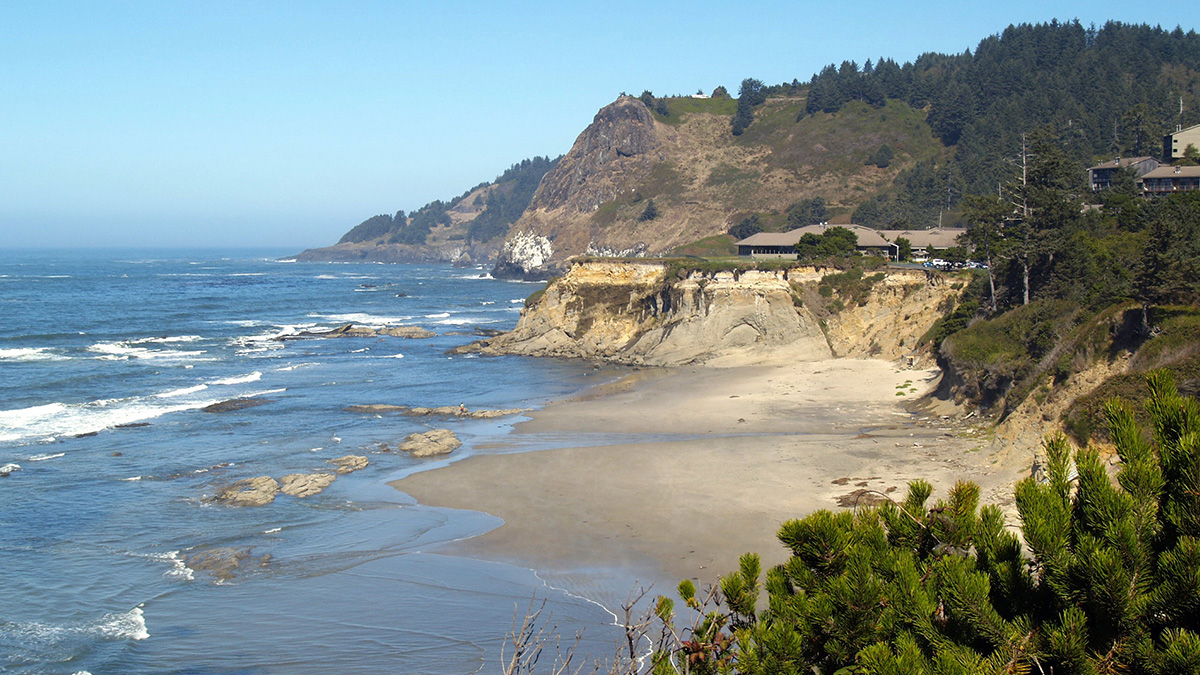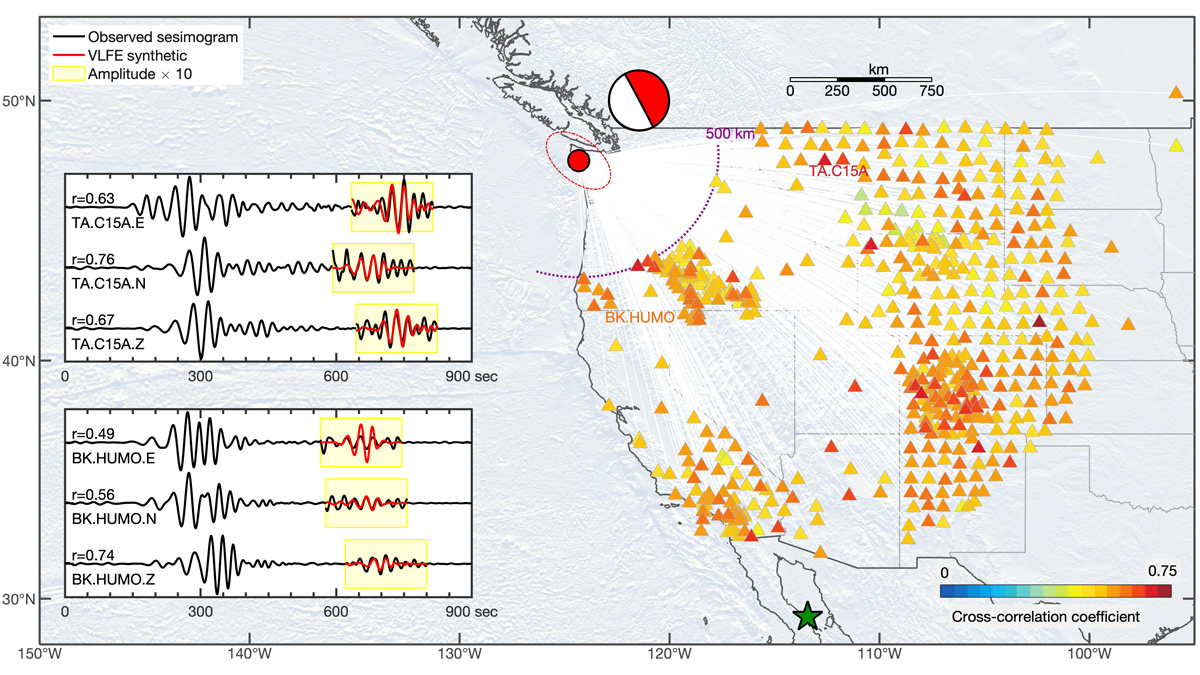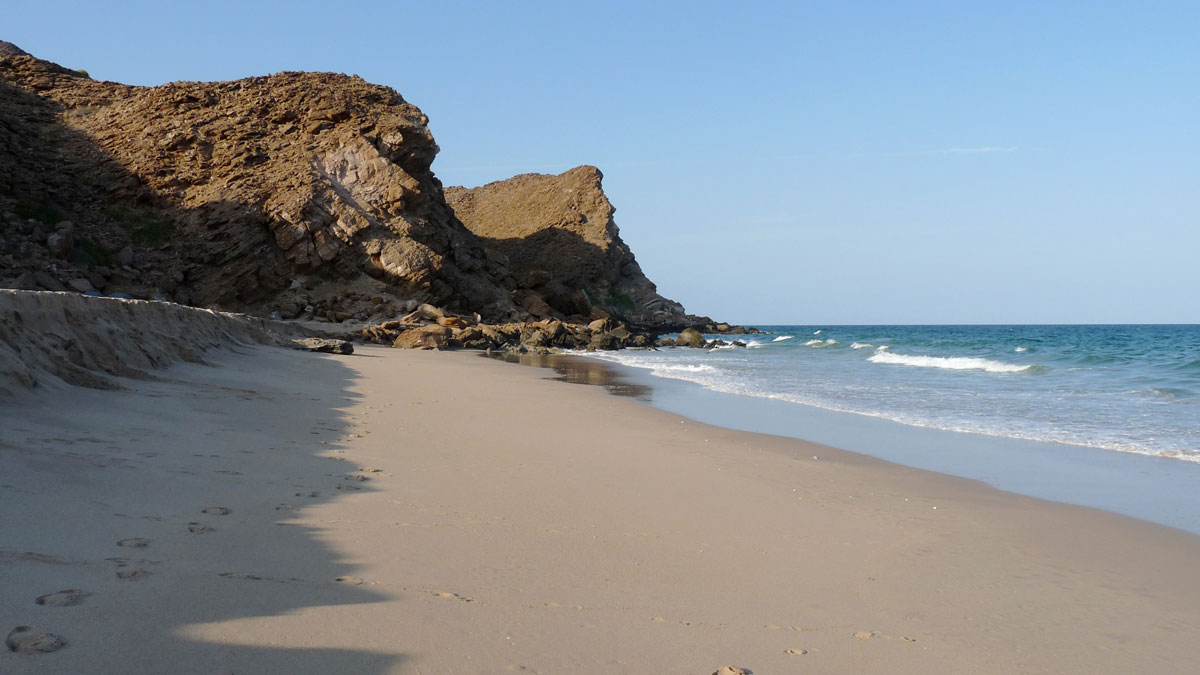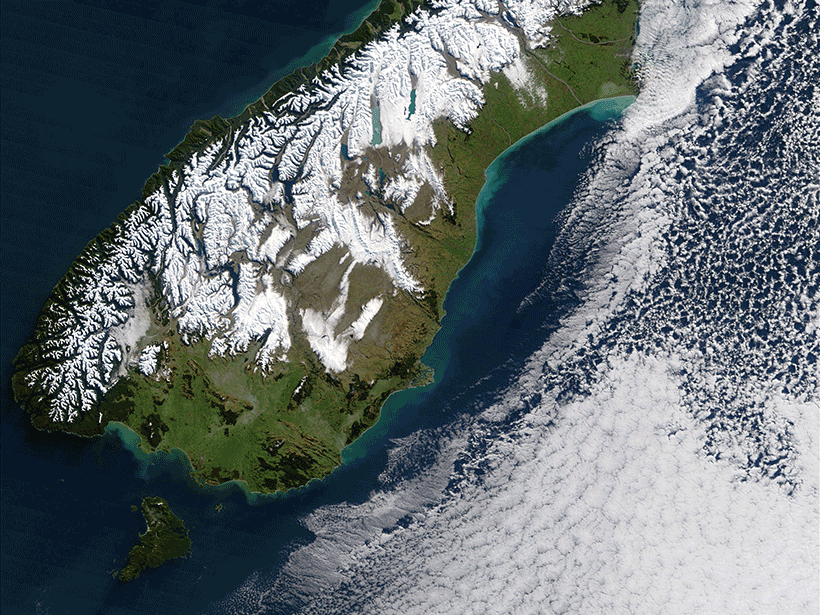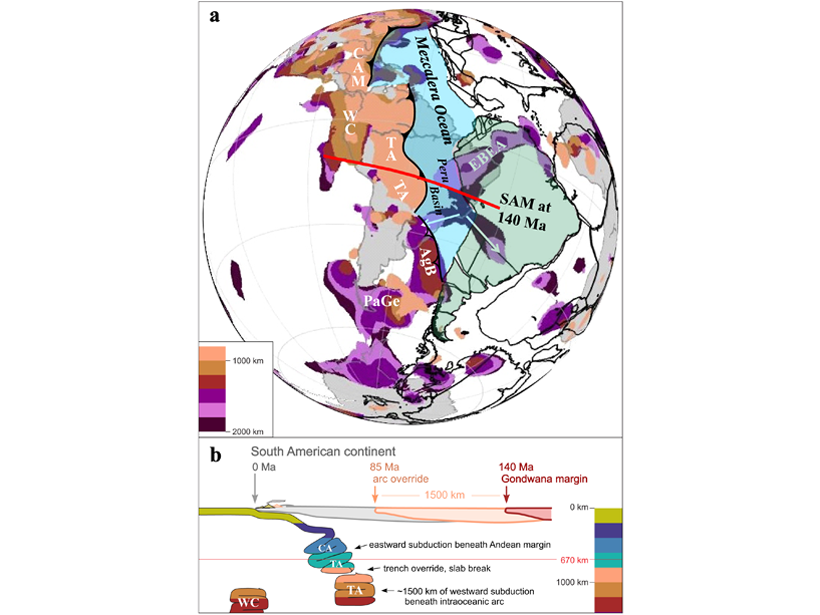A new initiative is bringing together scientists to address fundamental questions about subduction zone geohazards, using the latest advances in observation technology and computational resources.
subduction
Continent-Scale Detection of Triggered Low Frequency Earthquakes
Very low frequency events in the gap zone of Cascadia illustrate how stress evolves on megathrusts, advancing our understanding of rupture dynamics.
Radiometric Dating Sheds Light on Tectonic Debate
The emplacement of the Samail Ophiolite in Oman has been a source of disagreement among geologists. New state-of-the-art research offers a fresh perspective on its timing and geometry.
Unearthing the Cause of Slow Seismic Waves in Subduction Zones
Researchers look to the fossil rock record to unearth the driving forces for variable seismic speed through subduction zones.
Subduction Zone Earthquakes: Fast and Slow, Weak and Strong
What causes slow earthquakes in subduction zones? New insights from numerical models suggest that a mixture of strong and weak rocks might be the cause.
Swipe Left on the “Big One”: Better Dates for Cascadia Quakes
Improving our understanding of hazards posed by future large earthquakes on the Cascadia Subduction Zone requires advancements in the methods and sampling used to date and characterize past events.
The Highs and the Lows of Megathrust Earthquakes
Why does low-frequency energy come from the shallow part of ruptures, and the high frequencies from deep?
Previous Intra-oceanic Subduction Found Beneath South America?
Newly mapped fast velocity slabs in the lower mantle may be remnants of westward dipping intra-oceanic subduction, before flipping to the present eastward subduction beneath South America at 85 Ma.
Subduction Initiation May Depend on a Tectonic Plate’s History
New seismic imaging study of the Puysegur Trench aims to solve one of the last major questions in plate tectonics.

